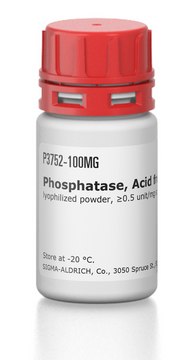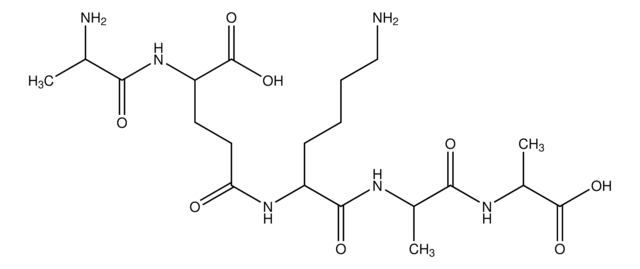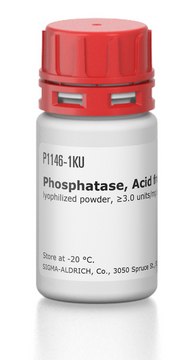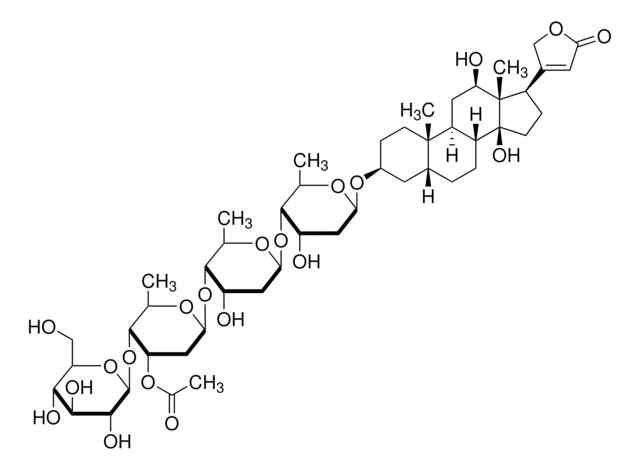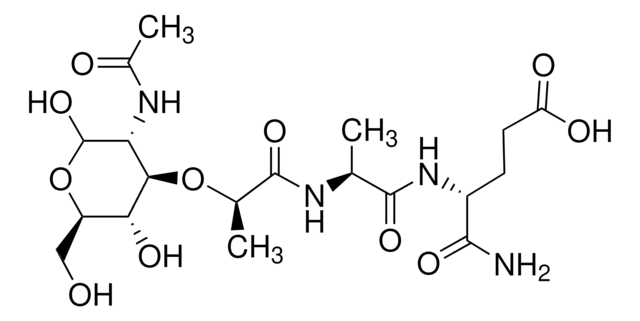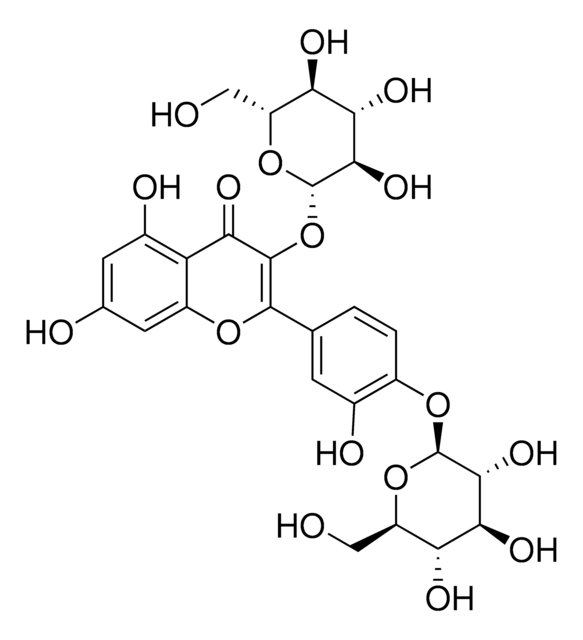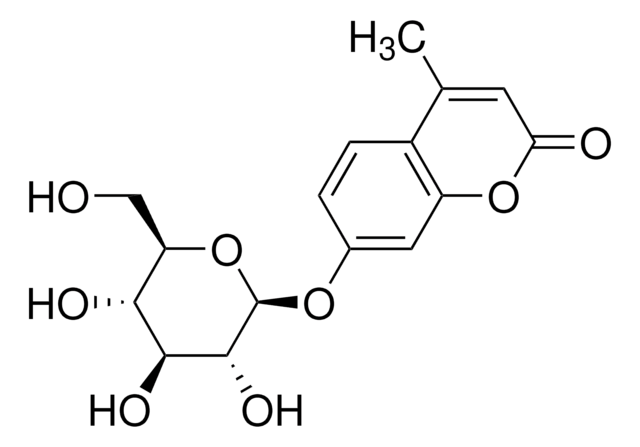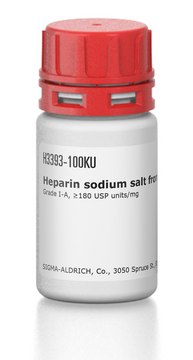T8806
Thymopentin
≥97% (HPLC)
Synonym(s):
TP5, Arg-Lys-Asp-Val-Tyr
About This Item
Recommended Products
Product Name
Thymopentin, ≥97% (HPLC)
Quality Level
Assay
≥97% (HPLC)
form
powder
color
white
application(s)
cell analysis
storage temp.
−20°C
SMILES string
CC(C)[C@H](NC(=O)[C@H](CC(O)=O)NC(=O)[C@H](CCCCN)NC(=O)[C@@H](N)CCCNC(N)=N)C(=O)N[C@@H](Cc1ccc(O)cc1)C(O)=O
InChI
1S/C30H49N9O9/c1-16(2)24(28(46)38-22(29(47)48)14-17-8-10-18(40)11-9-17)39-27(45)21(15-23(41)42)37-26(44)20(7-3-4-12-31)36-25(43)19(32)6-5-13-35-30(33)34/h8-11,16,19-22,24,40H,3-7,12-15,31-32H2,1-2H3,(H,36,43)(H,37,44)(H,38,46)(H,39,45)(H,41,42)(H,47,48)(H4,33,34,35)/t19-,20-,21-,22-,24-/m0/s1
InChI key
PSWFFKRAVBDQEG-YGQNSOCVSA-N
Amino Acid Sequence
General description
Biochem/physiol Actions
Storage Class Code
11 - Combustible Solids
WGK
WGK 3
Flash Point(F)
Not applicable
Flash Point(C)
Not applicable
Personal Protective Equipment
Regulatory Information
Choose from one of the most recent versions:
Already Own This Product?
Find documentation for the products that you have recently purchased in the Document Library.
Our team of scientists has experience in all areas of research including Life Science, Material Science, Chemical Synthesis, Chromatography, Analytical and many others.
Contact Technical Service
